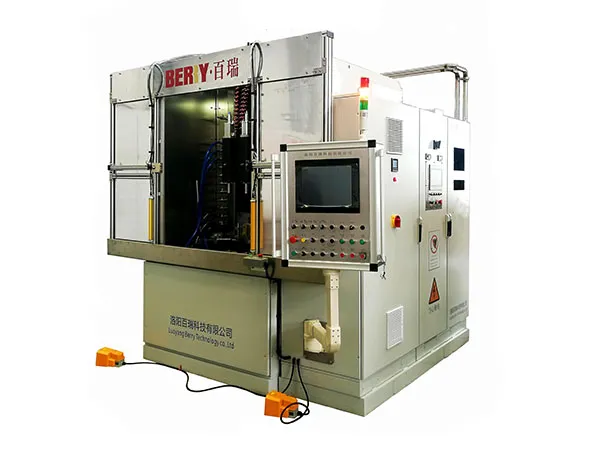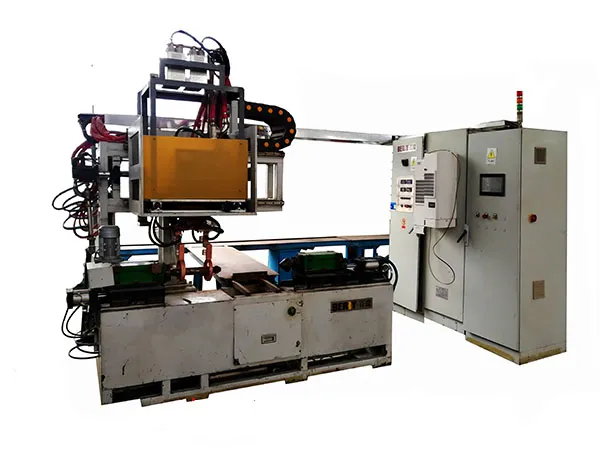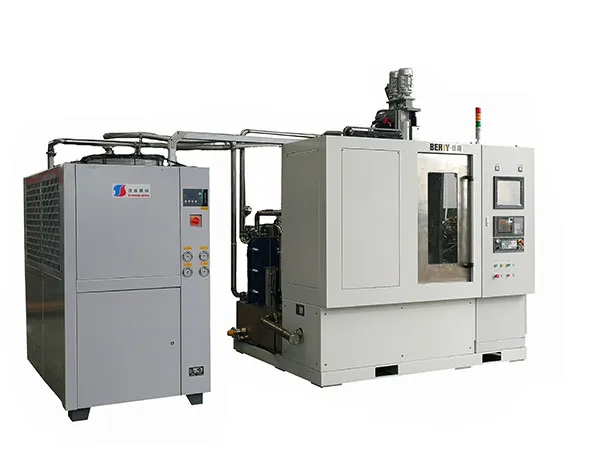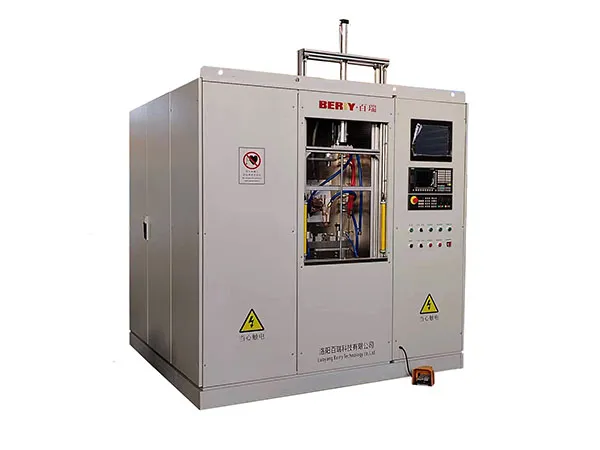time: 2025-04-17 06:29:00
Induction hardening machines are widely used across various industries due to their ability to selectively harden specific areas of metal parts quickly, efficiently, and with high precision. This process enhances wear resistance, fatigue strength, and torsional strength while maintaining the core's ductility.Here are the primary areas of application for induction hardening machines。

Engine Components: Crankshafts (journals, fillets, pins), camshafts (lobes), valve seats, valve stems, rocker arms, piston pins.
Transmission & Drivetrain: Gears (teeth profiles, roots), transmission shafts (splines, bearing seats), clutch components, CV joints, axle shafts, driveshafts.
Steering & Suspension: Steering racks, ball studs, tie rod ends, suspension arms, stabilizer bars.
Landing Gear: Components requiring high strength and wear resistance (e.g., pins, structural elements).
Engine Parts: Shafts, gears, and other components needing surface durability.
Actuation Systems: Rods, gears, and structural parts within hydraulic or electric actuators.
Fasteners: High-strength bolts and specialized fasteners.
Gears: Large gears for transmissions, drives, and slewing rings.
Shafts: Drive shafts, power take-off (PTO) shafts, axle shafts.
Pins & Bushings: Pivot points for booms, buckets, linkages.
Track Components: Track pins, rollers, idlers for tracked vehicles.
Cutting Edges & Teeth: For buckets, blades, and ground-engaging tools.

Machine Tools: Spindles, machine ways, chuck jaws, lead screws, gears.
Power Transmission: Gears, shafts, sprockets, couplings.
Rollers: Guide rollers, support rollers, forming rollers used in various manufacturing processes (e.g., steel mills, paper mills).
Bearings: Raceways for large or specialized bearings.
Hydraulic Components: Cylinder rods, pistons, valve spools.
Hammer Faces & Claws
Screwdriver Tips
Plier Jaws & Cutting Edges
Wrench Jaws
Saw Blades (Teeth)
Drill Chuck Jaws
Axes & Hatchets (Cutting Edge)
Tillage Tools: Points, discs, coulters.
Harvester Components: Cutting blades, gears, shafts.
Tractor Components: PTO shafts, transmission parts, hydraulic lift components.

Axles: Bearing seats and overall surface hardening.
Wheels: Rim/tread hardening (though often done with large, specialized flame or induction setups).
Rail Ends: Sometimes hardened to reduce wear at joints (can be done in-situ or in a plant).
Drill Pipe Tool Joints: Thread hardening.
Valve Components: Seats, gates, balls, stems.
Pump Components: Shafts, impellers, wear rings.
Wind Turbine Components: Main bearings, gearbox gears, shafts, yaw drive components.
Power Generation: Turbine shafts, valve components in conventional power plants.

Vehicle Components: Similar to automotive and heavy machinery but often with stricter specifications.
Weapon Components: Certain parts requiring localized hardness for wear or impact resistance.
In essence, induction hardening machines are applied wherever a ferrous metal part (primarily steels and some cast irons) requires a hard, wear-resistant surface on specific areas while retaining a tough, ductile core to withstand shock and load. The speed, control, and energy efficiency of the process make it ideal for high-volume production and applications demanding high quality and consistency.